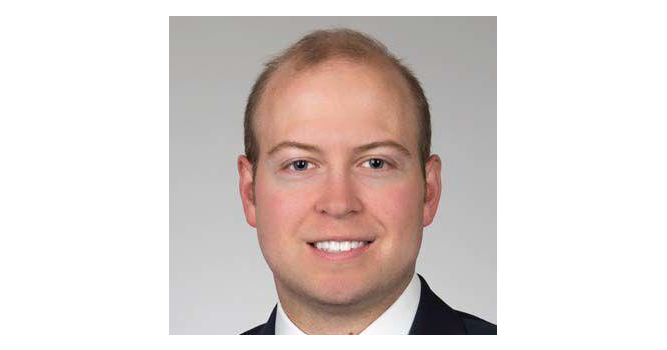Vision Beyond Sight: Dr. Sobash’s Innovative Approach to Neurological Vision Science
Vision Beyond Sight: Dr. Sobash’s Innovative Approach to Neurological Vision Science
Blog Article
Dr. Philip Sobash has appeared as a leading determine in the world of neurological vision research, with his pioneering research highlighting the intricate functions of how the brain processes visible information. His groundbreaking studies are transforming our knowledge of visible notion and its neurological underpinnings, giving new views on exactly how we see and interpret the world.
Mapping Neural Pathways
Dr. Sobash's work centers around the complex neural pathways associated with visible handling, from the moment light enters the attention to the final meaning in the brain. Applying sophisticated imaging methods and computational types, he trails how visible data is secured, transmitted, and decoded within the brain's aesthetic cortex. This step-by-step mapping has offered unprecedented insights into the neural systems that underlie our aesthetic experiences, enabling researchers to spot how various elements of the brain contribute to your perception.
The Energy of Neural Plasticity
One of Dr. Sobash's critical contributions is his exploration of the brain's capability to adjust to visible stimuli, a trend called neural plasticity. His reports demonstrate the way the brain's aesthetic pathways may reorganize and modify in response to improvements in visual feedback or damage. This discovery has profound implications for developing treatments for visual impairments and neurological problems that affect view, such as amblyopia and visible agnosia. By harnessing the brain's organic convenience of change, Dr. Sobash is paving the way for modern rehabilitation strategies.
Establishing Perspective and Cognition
Furthermore, Dr. Sobash's research delves to the conversation between visual notion and cognitive processes. His function emphasizes which our aesthetic experiences are not simply passive receptions of external stimuli but are positively formed by cognitive facets such as for instance interest, storage, and expectation. This incorporated see of perspective increases our understanding of how mental performance interprets physical input, exposing the complexities of how exactly we understand and respond to the entire world about us.
Innovative Systems in Visible Technology
Dr. Sobash has also been at the front of establishing new technologies to enhance aesthetic notion and diagnose visual disorders. By integrating neuroimaging with electronic fact (VR) and increased fact (AR), his research creates revolutionary resources that imitate and analyze various aesthetic scenarios. These systems not just improve our comprehension of visible processing but also offer practical purposes in producing rehabilitative applications for individuals with aesthetic impairments, creating treatment more interesting and effective.
Connecting Technology and AI
Yet another substantial facet of Dr. Sobash's perform is its potential to impact artificial intelligence (AI) and device learning. His research on the brain's aesthetic handling pathways shows the development of AI techniques that simulate individual vision. That cross-disciplinary request of neurological insights is leading to heightened and instinctive technologies, with implications for sets from autonomous cars to sophisticated picture recognition systems.

Realization
Dr. Philip Sobash's exploration of the mind's vision shows a remarkable revolution in neurological perspective science. His progressive research is redefining our knowledge of visual understanding and its main neural processes. By bridging the difference between simple science and realistic programs, Dr. Sobash is paving the way for new solutions, systems, and insights that might significantly improve both our understanding and experience of vision.
Report this page